Is Speculation Killing Crypto’s Future?
The future of crypto may not lie in fleeting speculation but in creating systems that deliver genuine, sustainable value. Future growth is funded by real cash flows rather than speculative token sales.

The crypto space is undergoing a profound and much-needed transformation, but the question remains: is sustainable value achievable in this rapidly evolving industry? High fully diluted valuation (FDV) token launches with low float are now facing increasing scrutiny as the call for real use cases and consumer applications grows louder. Simultaneously, new tokenomics models that align better with genuine value creation are emerging, challenging the status quo where token prices have been driven largely by speculative demand.
Historically, crypto prices surged on the promise of exponential growth and the allure of quick gains. While this speculative fervor still exists, it is no longer the sole driving force. As a builder in this space, I'm witnessing a significant shift: developers are focusing on creating applications with long-term viability and broader appeal, extending beyond incentivized farming.
We're approaching a critical turning point in what justifies and drives price action in crypto tokens. Is a more sustainable, value-driven model possible in the industry?
At the heart of this transformation is a growing focus on organic revenue streams. Revenu is a proxy for usefulness; when users are willing to pay for a service, it indicates its value. More revenue equals proof of utility – a concept that's becoming increasingly crucial in a maturing market. Yet, the current state of revenue generation in decentralized applications (dApps) presents a mixed picture. While some widely-adopted apps are generating substantial revenues—$927M for Lido, $854M for Uniswap, $280M for MakerDAO, and $276M for Aave over the past year - this revenue often accrues to liquidity providers rather than token holders or protocol treasuries.
Nevertheless, the industry is waking up to untapped revenue streams. For example, the so-called $UNI “fee switch” could direct a portion of trading fees to Uniswap governance token holders, a topic that's been hotly debated within Uniswap governance. The Aave community is also considering similar measures. However, the question remains: does this new focus on revenue capture truly signify a shift towards sustainable value, or is it just another layer of complexity in an already convoluted system?
The ongoing debate between Uniswap and MetaMask over swap fee revenue further illustrates this issue. Who captures the value, and how is it distributed? Uniswap Labs built the front end to interact with its decentralized exchange (DEX); while UniswapX facilitates off-chain counterparty discovery with on-chain settlement. UNI token holders could potentially access on-chain fees; and MetaMask captures Maximal Extractable Value (MEV). Each party’s claim to the cash flows creates a complex competition. Similar dynamics are emerging across the industry as more growth is funded by real cash flows rather than speculative token sales.
Are these efforts genuinely moving us towards a sustainable model, or are we just seeing more jockeying for position in a space still driven by speculative gains? These questions are becoming central to protocol design and tokenomics. As dApps and wallets compete for market share, the distribution of fees will likely become a key differentiator.
Remarkably, alternative sources of revenue like MEV have gained traction faster than the seemingly obvious primary revenue derived from user payments. Much of this can be attributed to fierce competition among protocols to incentivize usage, making many reluctant to divert potential incentives to token holders.
The disconnect between protocol usage and token value is driving a reevaluation of tokenomics models. We're seeing the rise of metric-based token unlock models, where vesting is tied to specific milestones, or a hybrid approach combining time-based lockups with performance-based acceleration. These models align incentives more closely with actual value creation.
New projects are learning from the first generation of dApps, whose governance tokens were often valued based on speculative promises rather than actual profits. This approach has given the industry a reputation for volatility and detachment from reality, despite many dApps showing a clear product-market fit.
With the benefit of hindsight, metrics-based tokenomics offer a compelling means of aligning token holders with long-term value creation goals. This shift will help propel a new generation of dApps with communities driven to achieve strong and sustainable user adoption.
As we navigate this transition, questions arise: What happens to token prices when speculative demand evaporates? How will projects adapt to this new reality? The answers to these questions will likely shape the next phase of crypto's evolution.
We stand at a crossroads. The crypto industry is maturing, and with maturity comes a reevaluation of what truly drives value. Builders and investors must adapt to this evolving landscape by focusing on creating and recognizing sustainable value propositions. After all, isn’t price just the market’s way of validating an asset’s value? In this new era, the projects that thrive will be those that demonstrate their worth beyond mere hype.
The future of crypto may not lie in fleeting speculation but in creating systems that deliver genuine, sustainable value. Is it time to embrace this transformative shift and commit to building with a focus on long-term sustainability? The conversation is just beginning, and how we navigate this change will shape the next era of the industry.
By Kristi Põldsam, Co-Founder of Sommelier
More articles

Is Speculation Killing Crypto’s Future?

Sommelier's Path Forward: Embracing Revenue Over Narrative

Sommelier January Update

Sommelier Upgrades Cellar Architecture to Enable the Most Powerful DeFi Strategies in the Market
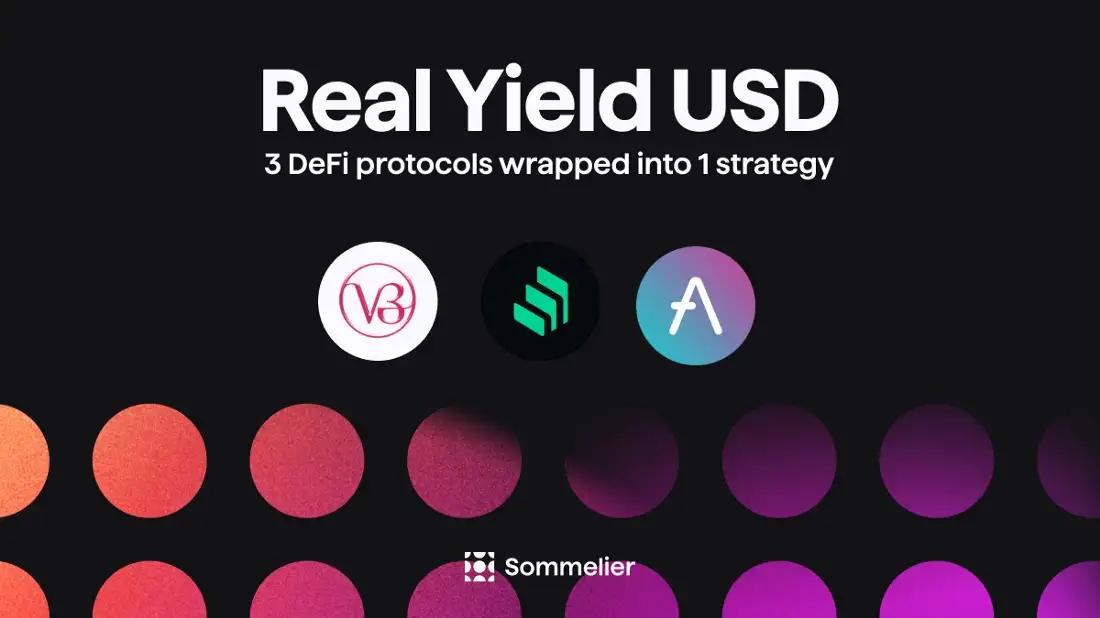
Real Yield USD is Coming to Maximize Stablecoin Yield
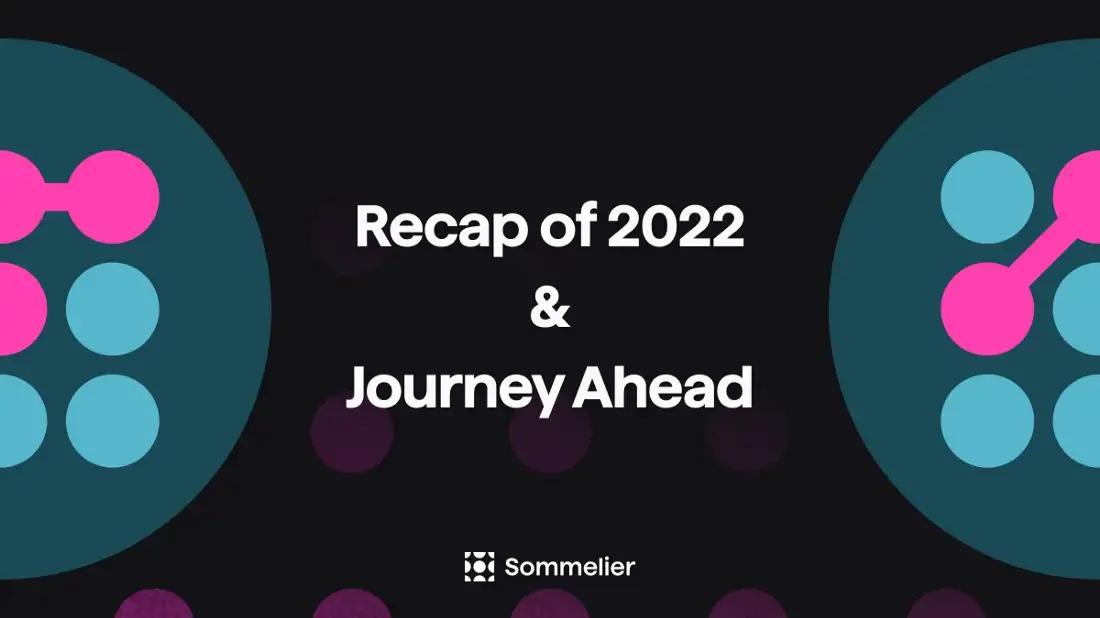
Retrospective on 2022 and the Journey Ahead

FAQ - Patache Digital’s Steady Strategies
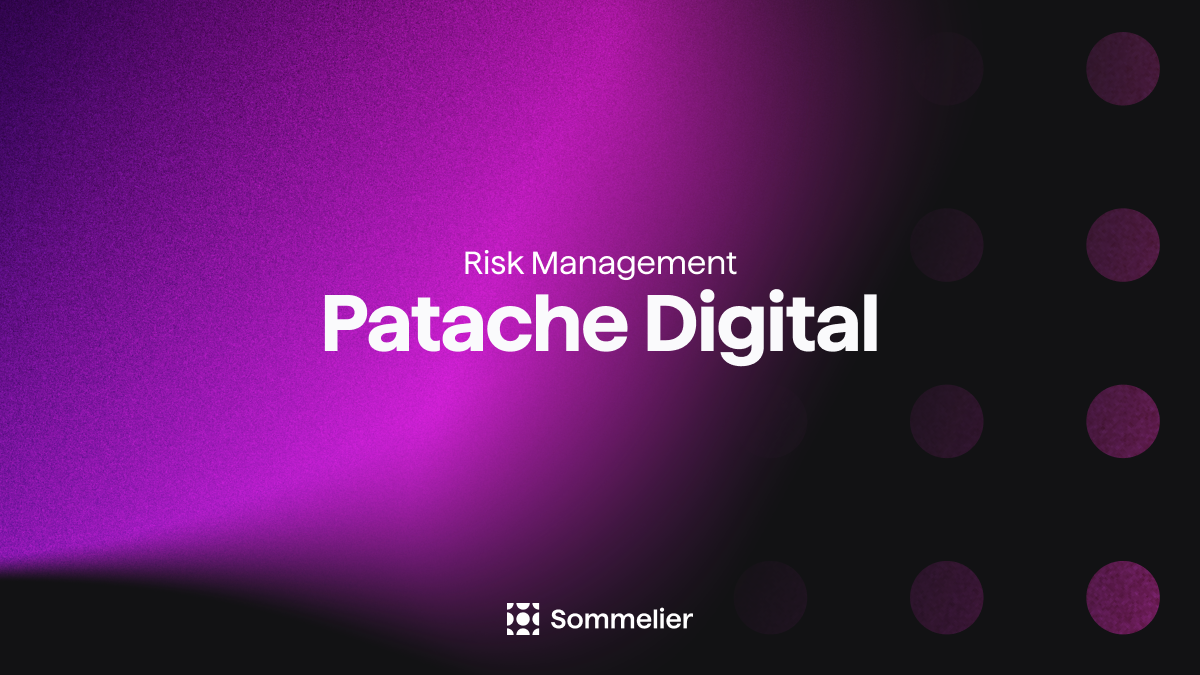
Patache Digital: Risk Management Discussion
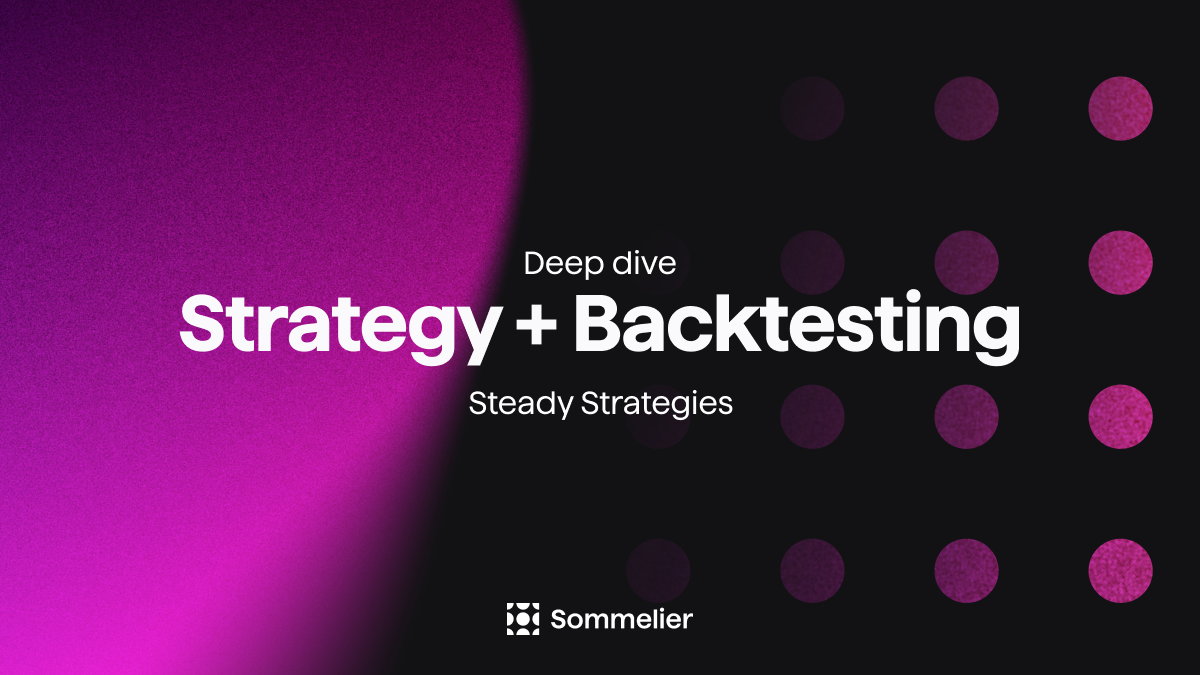
Strategy Deep Dive: Patache Digital
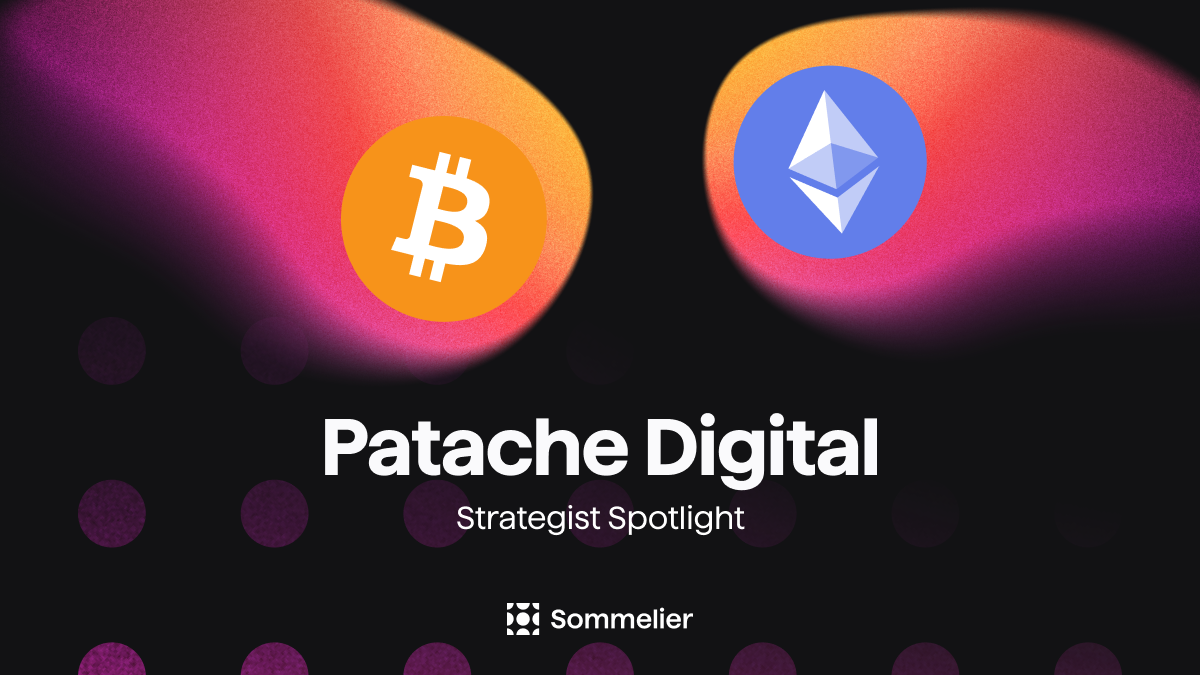
Strategy Provider Spotlight: Patache Digital

User Guide: How to Participate in Strategies on Sommelier

Sommelier Ambassador Program
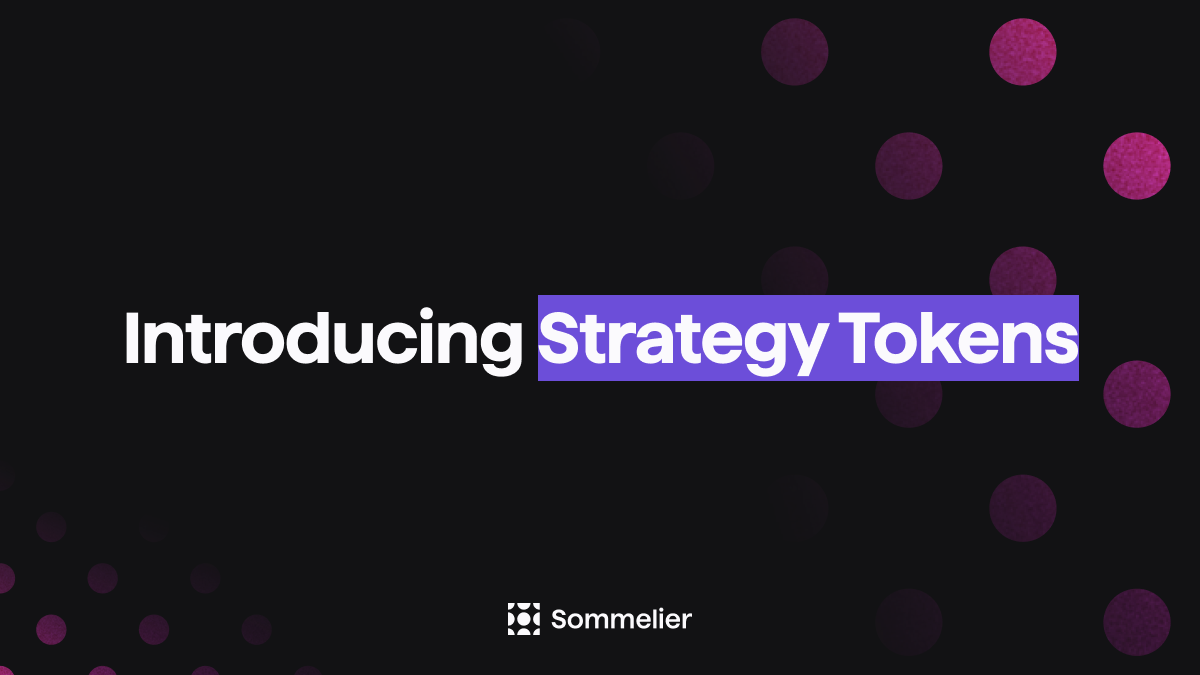
Strategy Tokens: What Are They and How Do They Work?

6 Core Principles of Sommelier

10/10/22 - Deep Dive on Cleargate Backtesting

Strategy Provider Spotlight: Seven Seas

Deep Dive on Trend and Momentum Strategies
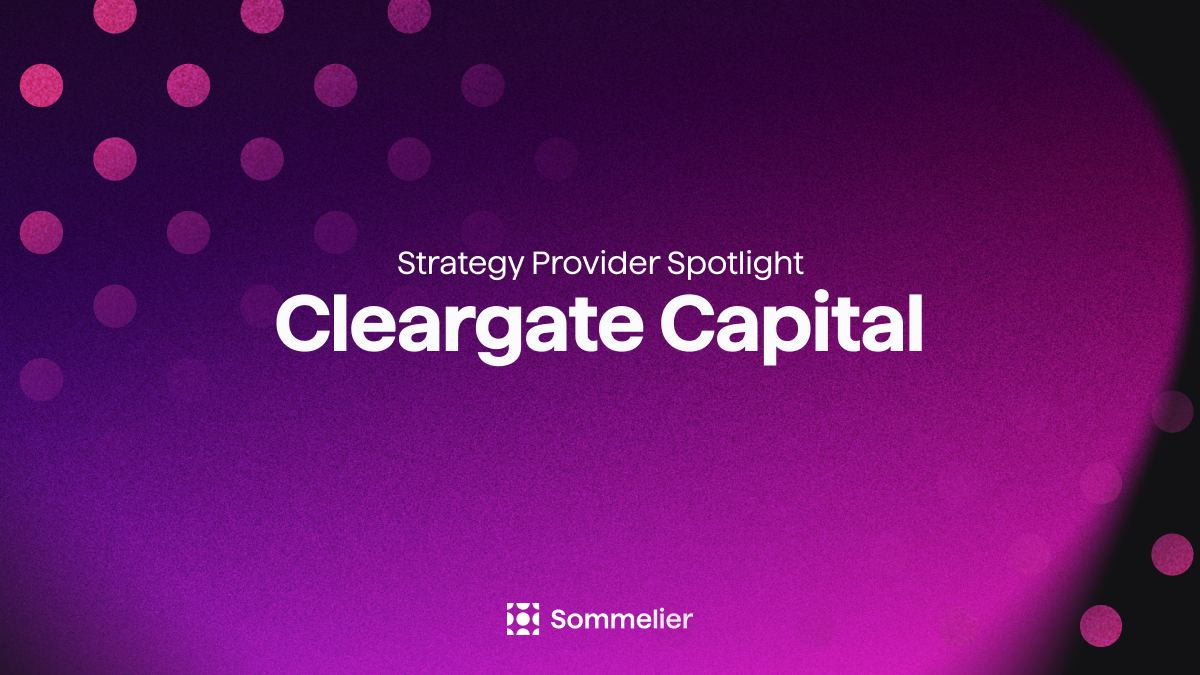
Strategy Provider Spotlight: ClearGate

Supporting Strategy Providers on Sommelier

Sommelier Protocol Team Weekly Update #11

ELI-5 Explanation of the Data Science behind Sommelier’s First Aave Cellar

Sommelier Protocol Team Weekly Update #10

The Data Science Behind Sommelier’s First Aave Cellar
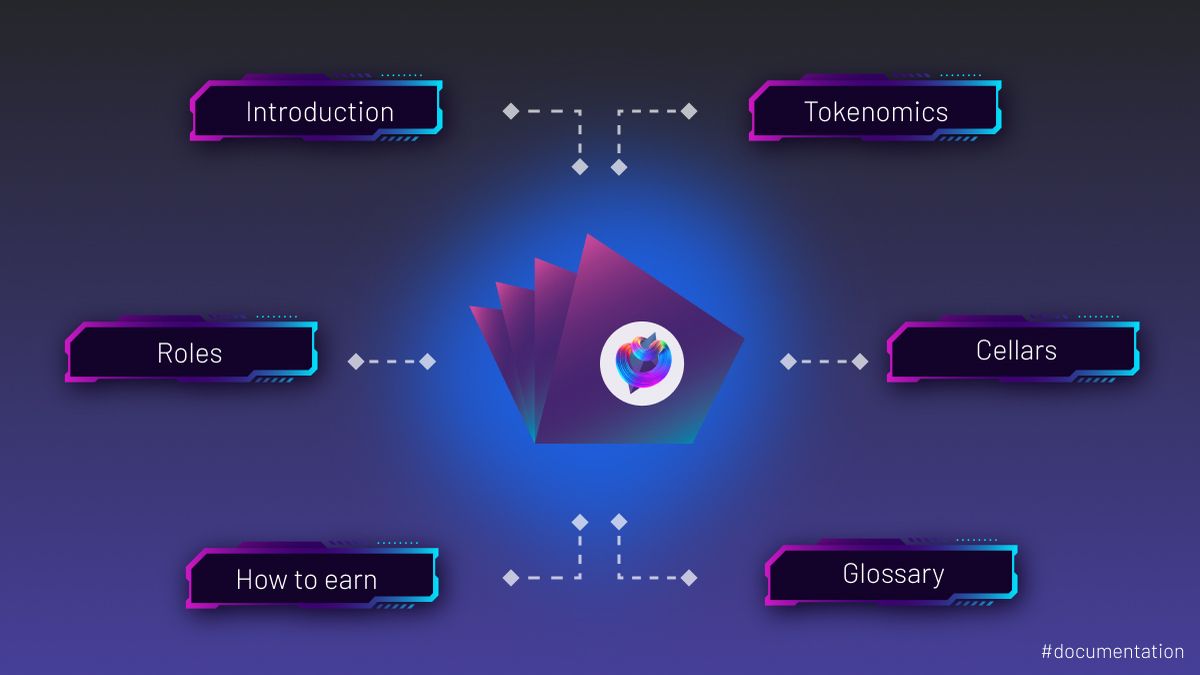
Sommelier Protocol Design Documents
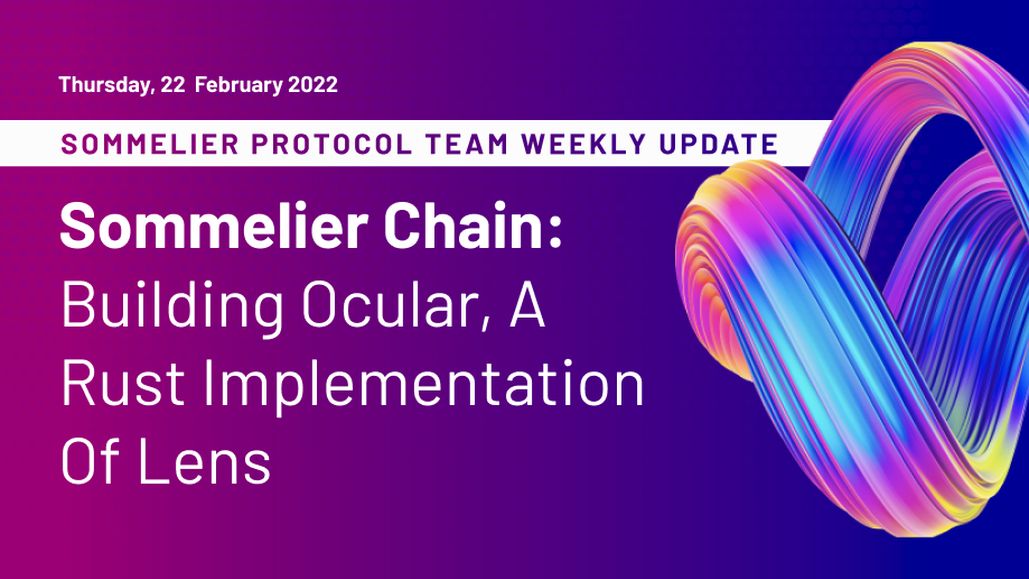
Sommelier Protocol Team Weekly Update #9
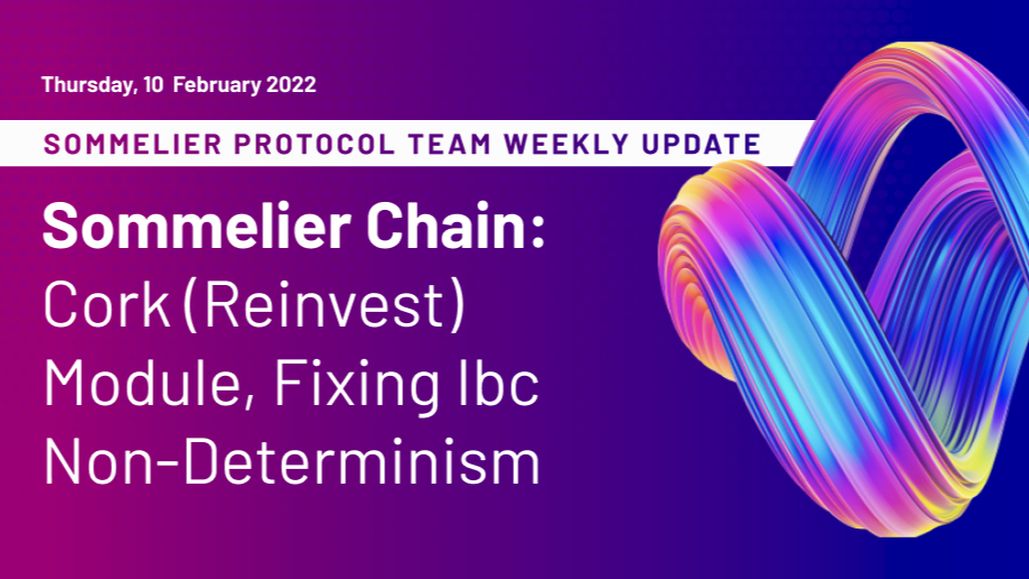
Sommelier Protocol Team Weekly Update #8
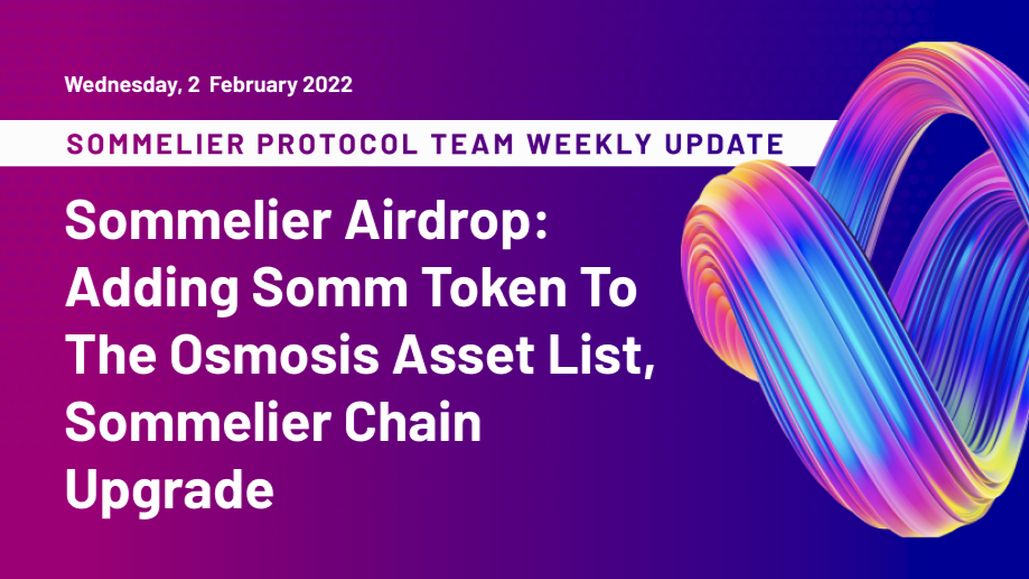
Sommelier Protocol Team Weekly Update #7

Twitter Spaces With Sommelier: How to Launch a Cellar on Sommelier

Twitter Spaces With Sommelier: Protocol Upgrade and Community Update
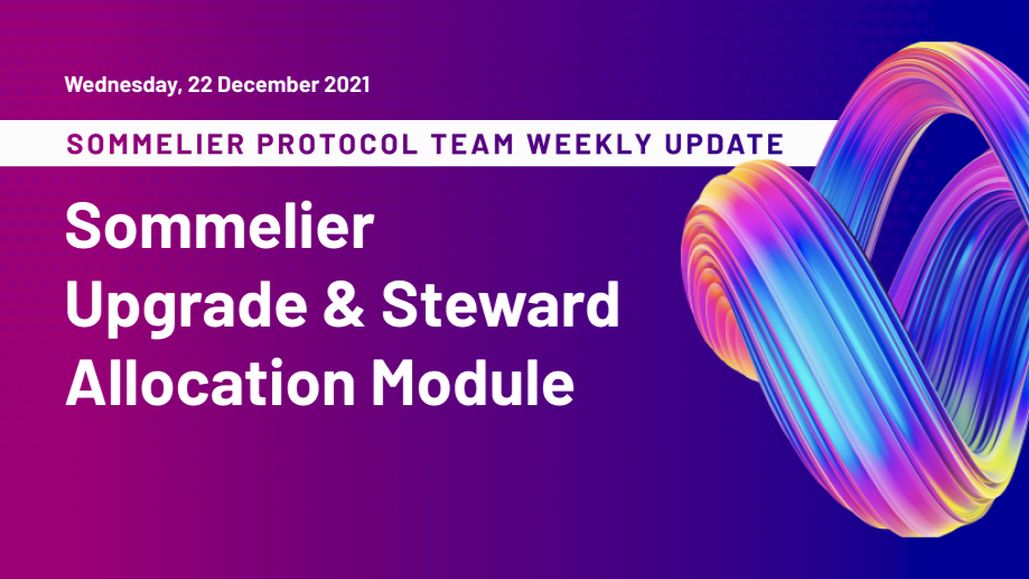
Sommelier Protocol Team Weekly Update #4
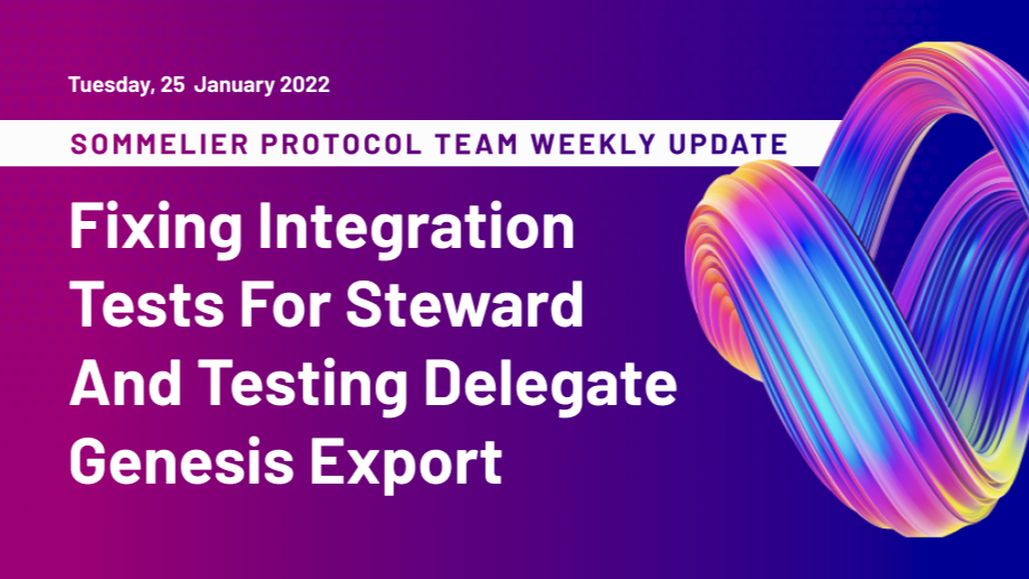
Sommelier Protocol Team Weekly Update #6

Twitter Spaces With Sommelier: SOMM Airdrop Proposal Data Analysis

Twitter Spaces With Sommelier: Community Update on the First Cellars to Launch

Twitter Spaces With Sommelier: Exploring NFT Cellars
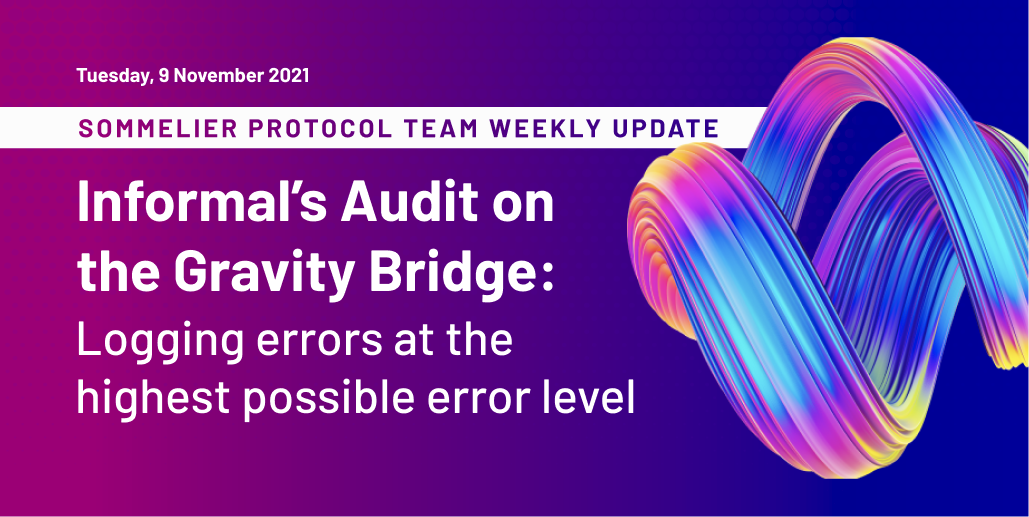
Sommelier Protocol Team Weekly Update #1
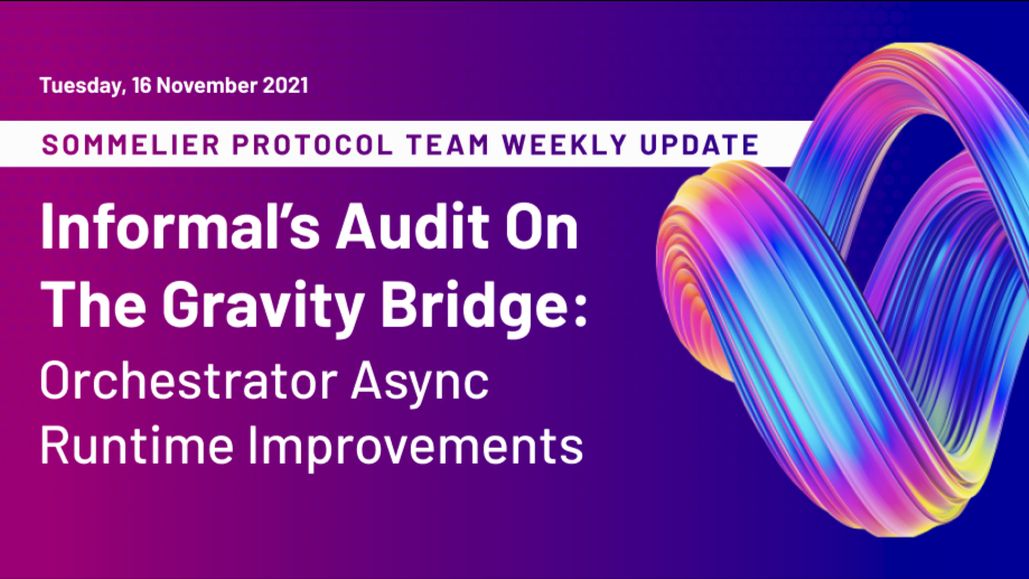
Sommelier Protocol Team Weekly Update #2
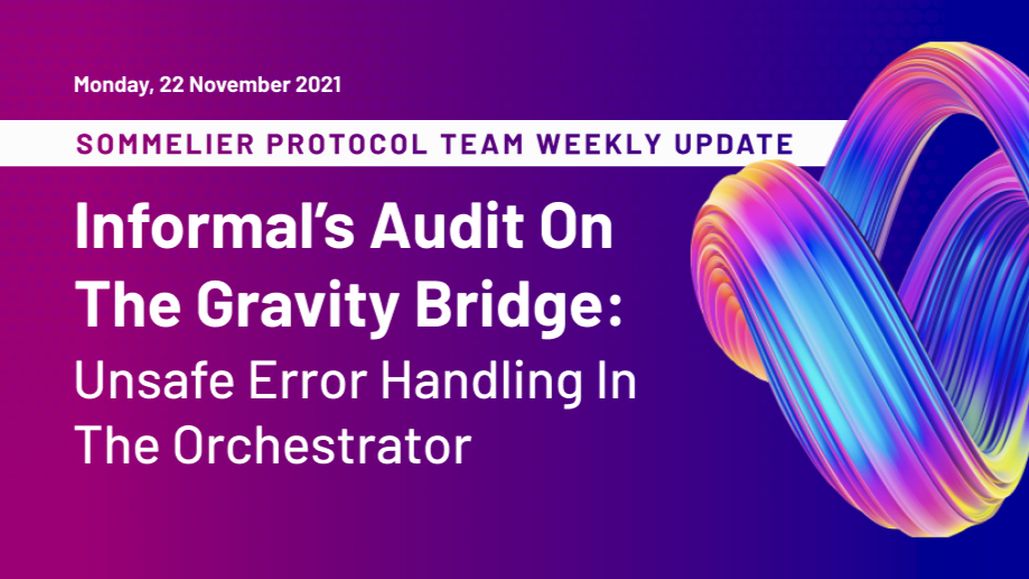
Sommelier Protocol Team Weekly Update #3

Three Things You Need to Know About Sommelier Governance This Week

Sommelier On the Road: PROOF OF…REPUTATION

Introducing Ukpai Ugochi - Working on The Sommelier Cellars Rebalancer

Sommelier Announces 23MM Series A Mainnet Round to launch Automated DeFi via the Cosmos

Twitter Spaces With Sommelier: Mainnet Launch & Gravity Bridge

Twitter Spaces With Sommelier: Introducing SOMM Tokenomics

Twitter Spaces With Sommelier: Mysten Labs AMA With Evan Cheng

Introducing SIPS and Sommelier’s Governance Structure

Twitter Spaces With Sommelier: End of Year AMA 2021

Twitter Spaces With Sommelier: Intro to SIPS & Lisbon Blockchain Week

Twitter Spaces With the Sommeliers: Mainnet Update and Governance Launch

Sommelier Partners With Mysten Labs to Make Sommelier and All Cosmos Blockchains the Fastest Protocols on the Planet

Twitter Spaces With the Sommeliers: Sushi AMA With Joseph Delong
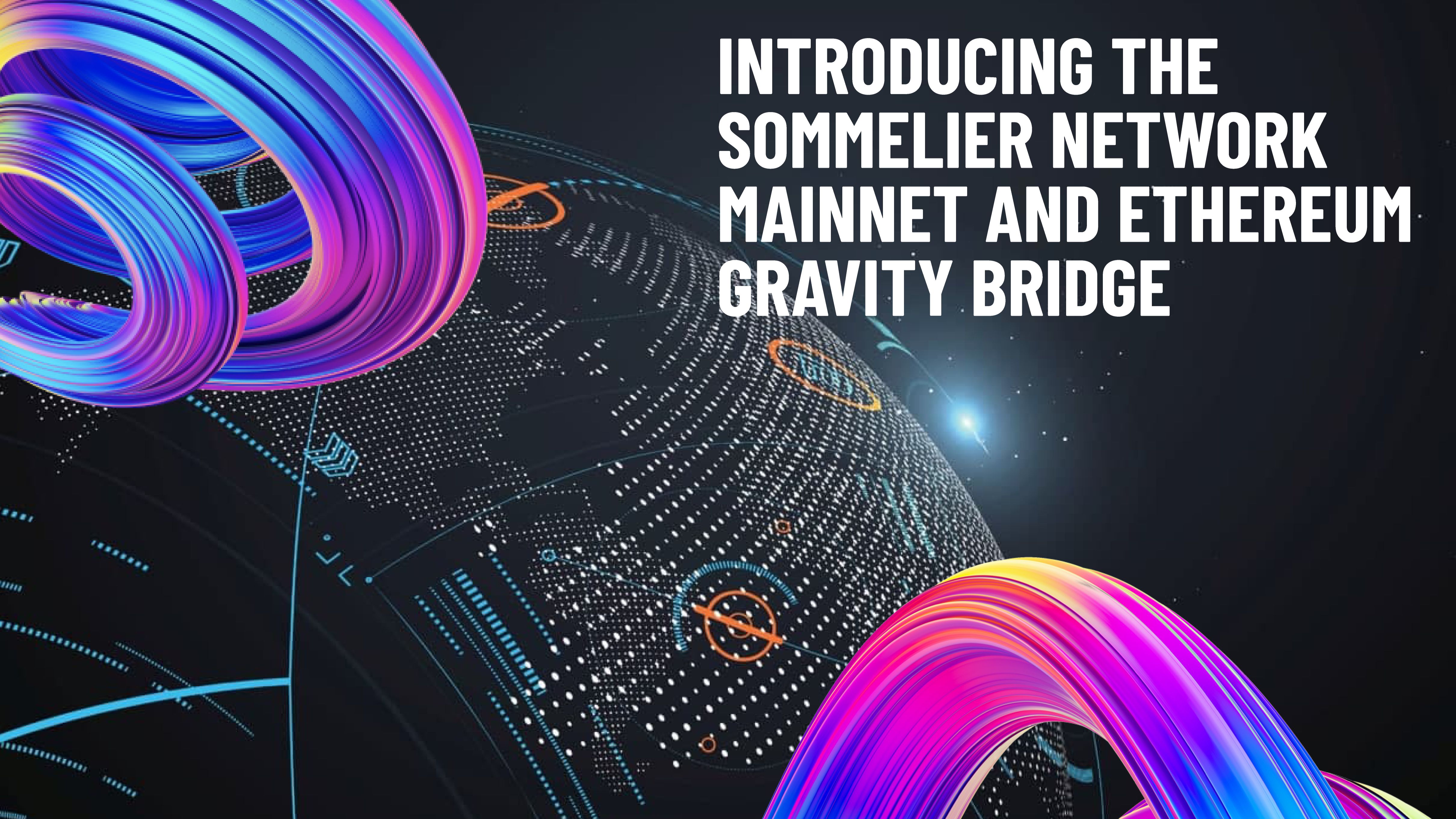
Introducing the Sommelier Network Mainnet and Ethereum Gravity Bridge
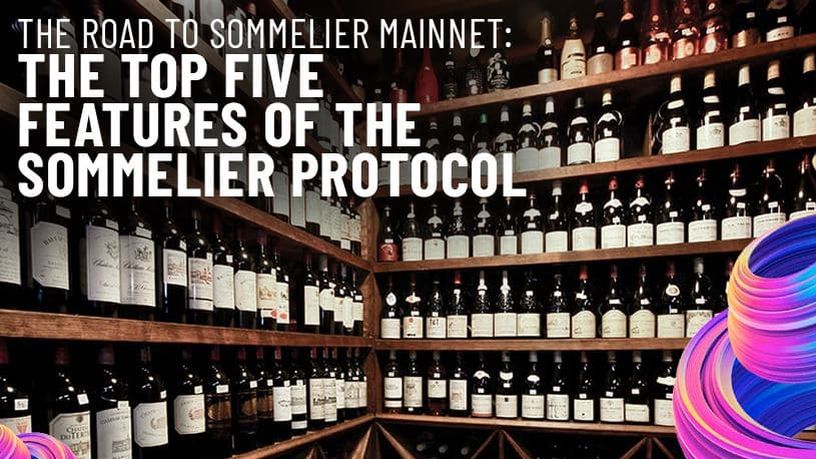
The Top Five Features of the Sommelier Protocol
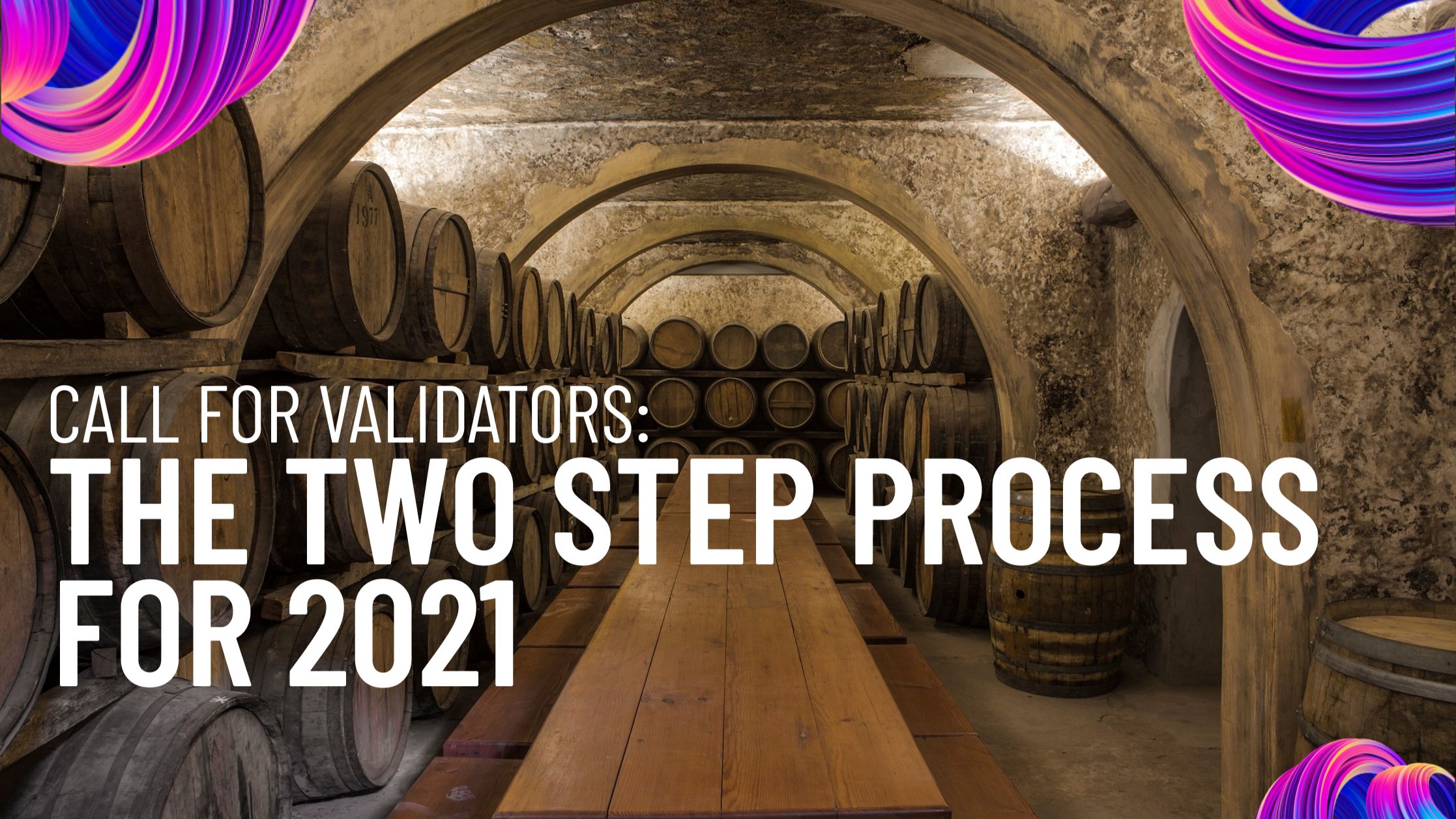
Call for Validators: The Two Step Process for 2021

Two New Features Launched to Test Liquidity Management on Uniswap v3

Uniswap v3 Remove Smart Contract Incident Post Mortem for Sommelier

Call for Validators: Road to Sommelier Mainnet

Sommelier Liquidity AMA With Yenwen and Nick From Perpetual Protocol
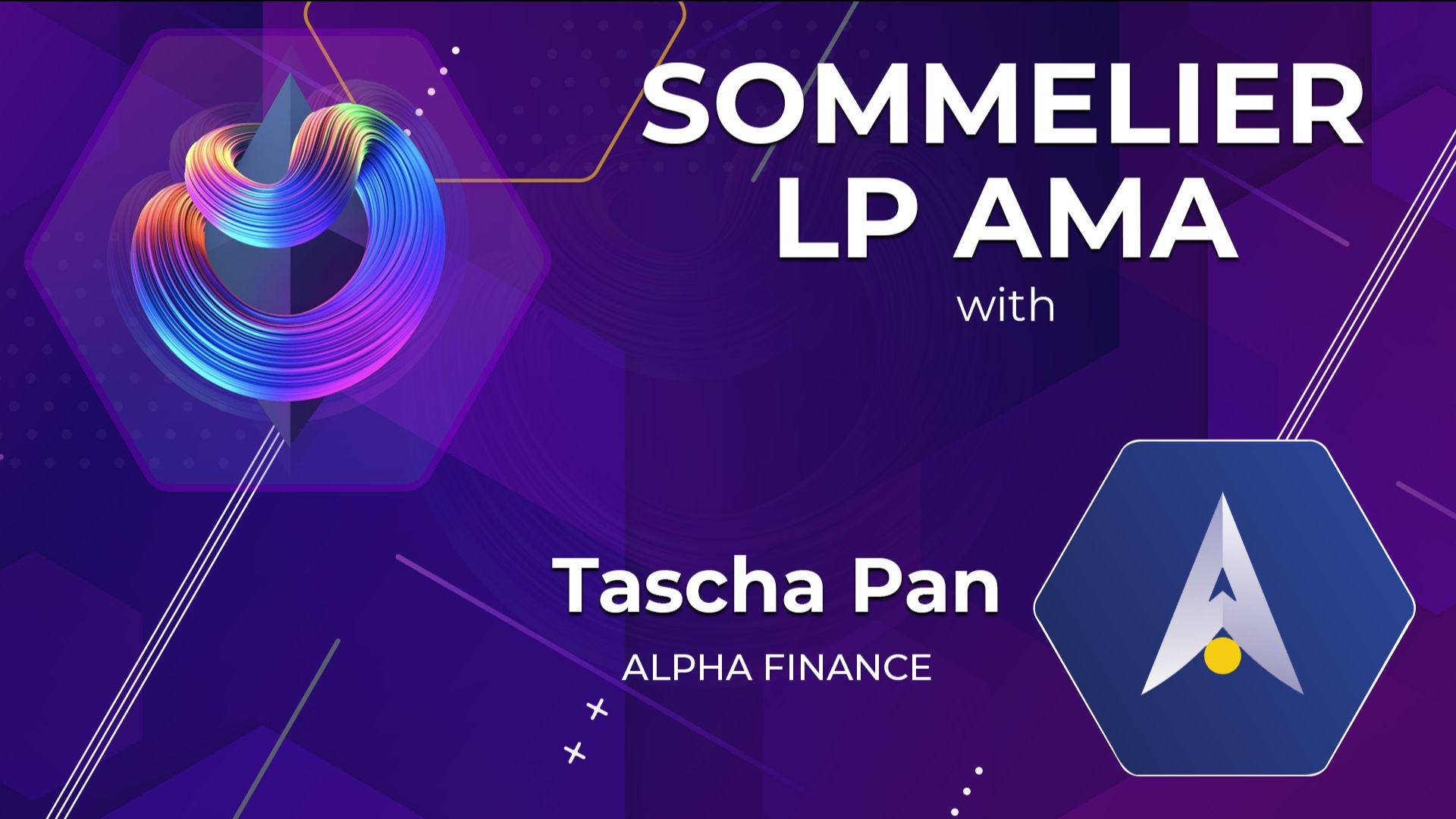
Sommelier Liquidity AMA With Tascha Pan From Alpha Finance
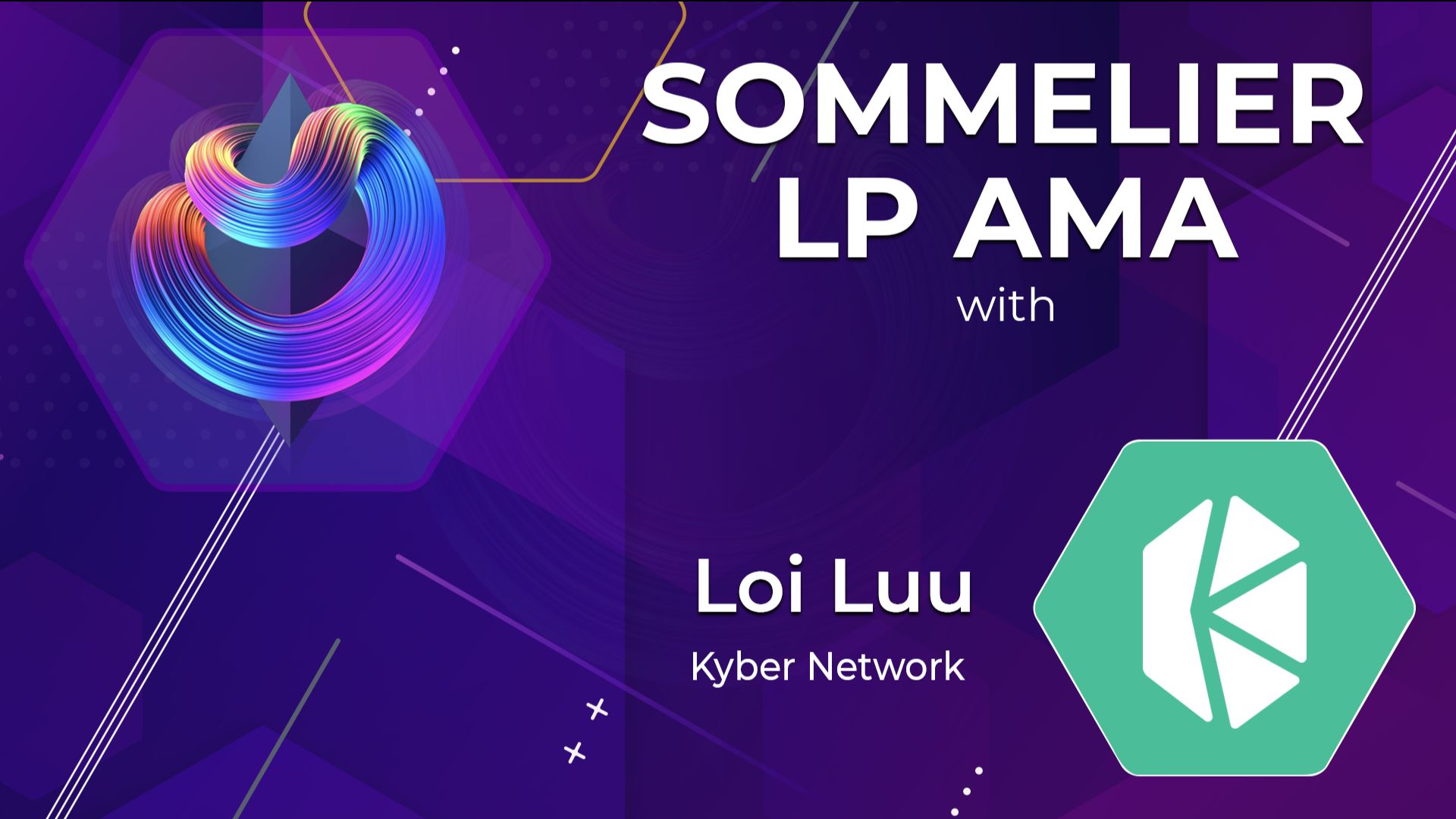
Sommelier Liquidity AMA With Loi Luu From Kyber Network

Sommelier Liquidity AMA With Alex From Peanut

Sommelier Liquidity AMA With JP From THORChain

Sommelier Liquidity AMA With Alan Chiu From OMGX Network

Sommelier Liquidity AMA With Ari From Gelato Network

Sommelier Liquidity AMA With Sunny Aggarwal From Osmosis
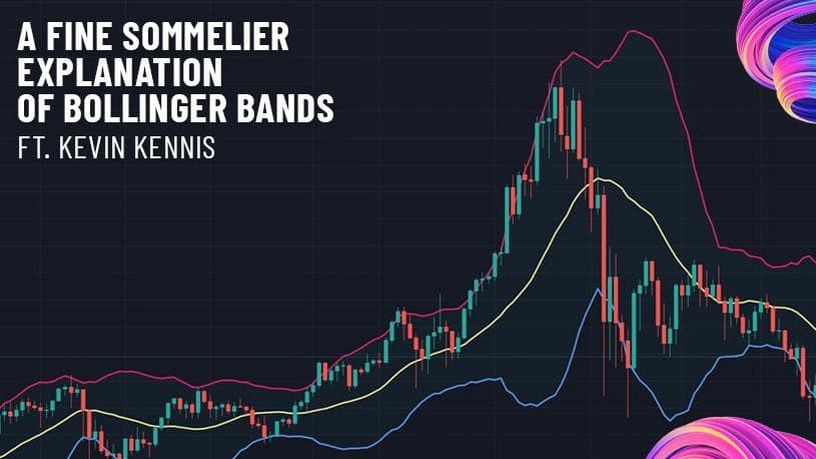
A Fine Sommelier Explanation of Bollinger Bands With Kevin Kennis
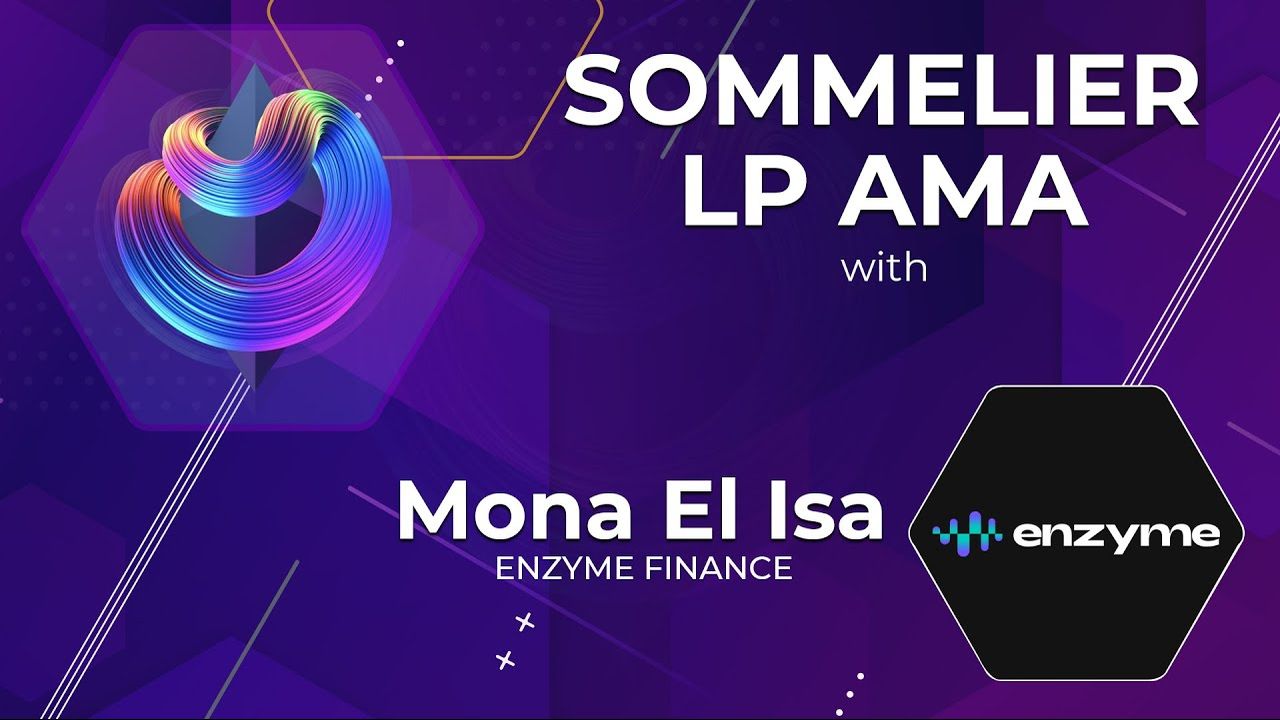
Sommelier Liquidity AMA With Mona El Isa From Enzyme

Sommelier Liquidity AMA With Haxor From Method Finance

Sommelier Liquidity AMA With Tor From Secret Network

Liquidity Provider Insights With Zaki Manian - Ep. 7 - DeFi Automation Space on Uniswap v3 and Where Sommelier’s Heading

Sommelier Liquidity AMA With Geralt From CyberFi

A Pairings Tutorial of Two Sided Liquidity Addition with Sommelier

Liquidity Provider Insights with Zaki Manian - Ep. 6 - Liquidity Providers Need to Gear Up for a Multi-Chain World

Three New Summer Features for Liquidity Providers

Sommelier Liquidity AMA with Tom C and Max W from Charm

Sommelier Liquidity AMA with Dereek69 & Shalaquiana from BIOPset

Sommelier This Week - June 3rd 2021: The Road to Mainnet

Sommelier Liquidity AMA with Federico Landini from DefiLab

Sommelier Liquidity AMA with Michael Egorov from Curve

Liquidity Provider Insights with Zaki Manian - Ep. 5 - A Bright Light at the End of a Long, Tough Weekend for Bitcoin

Sommelier This Week - May 27th 2021: What Aspiring Sommelier Validators Need to Know on Last Week’s Protocol and App Progress

Liquidity Provider Insights with Zaki Manian (Special Edition) - Ep. 4 - New Pairings Release

Sommelier R&D AMA With Yaniv Tal From the Graph
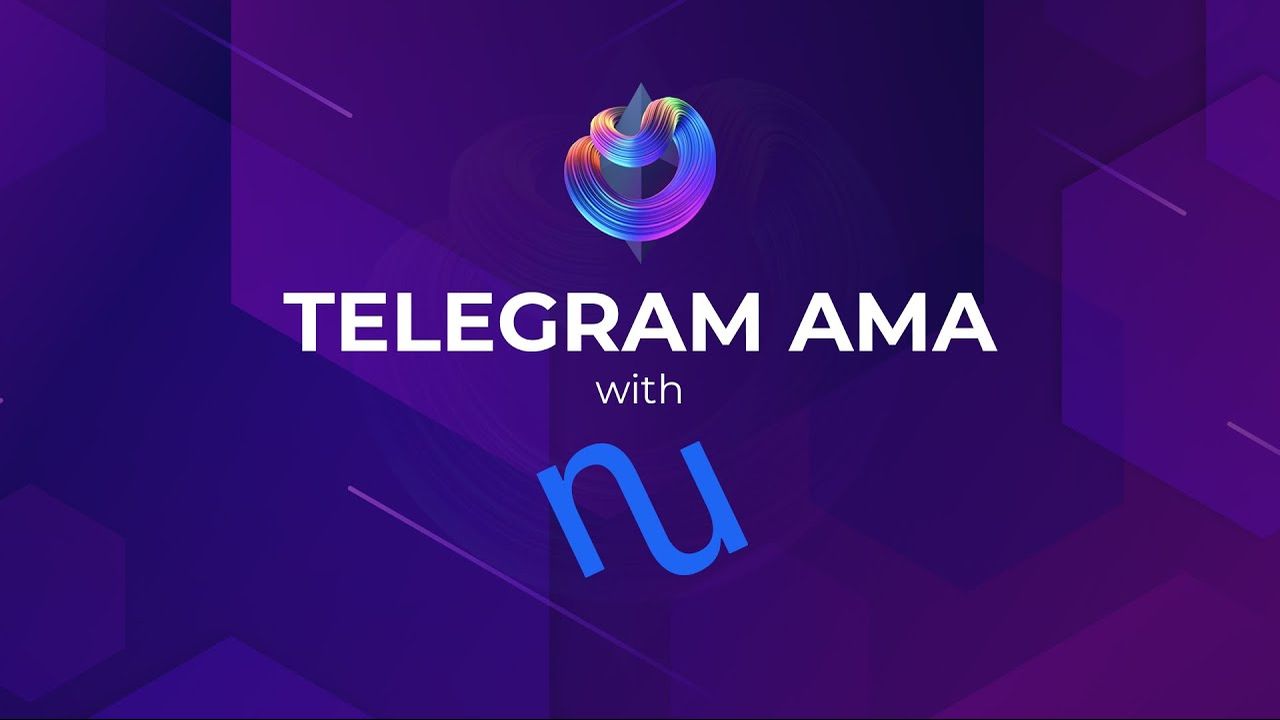
Sommelier Liquidity AMA with MacLane Wilkison from NuCypher

The Eight Steps to Become a Liquidity Provider with Pairings
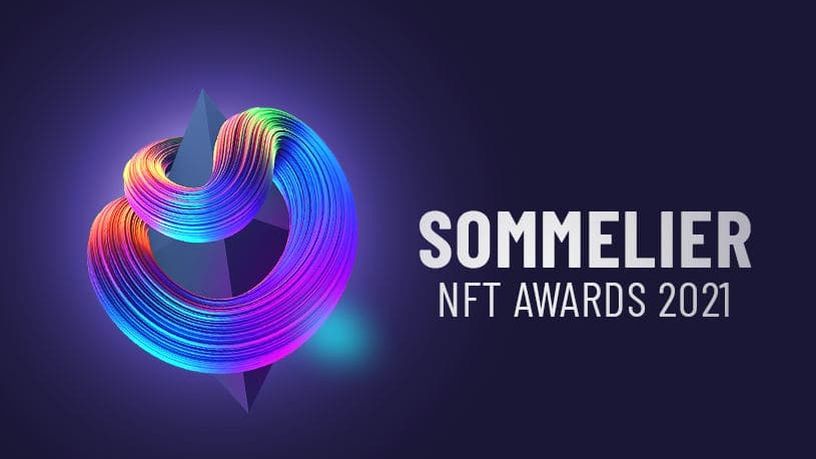
Sommelier NFT Awards - May 18th, 2021
Pairings By Sommelier: The FAQ

Zaki Manian Breaks Down What Liquidity Providers Need to Know Under Uniswap v3

Sommelier This Week - May 6th 2021: How This Week’s Protocol and App Progress Weaves Together to Make a Product

Sommelier Liquidity AMA with Dan Thomson from InsurAce

Sommelier This Week - April 29th 2021: Weeks Away From a Taste of the Sommelier App Experience and How the Dev Team Stays on Track
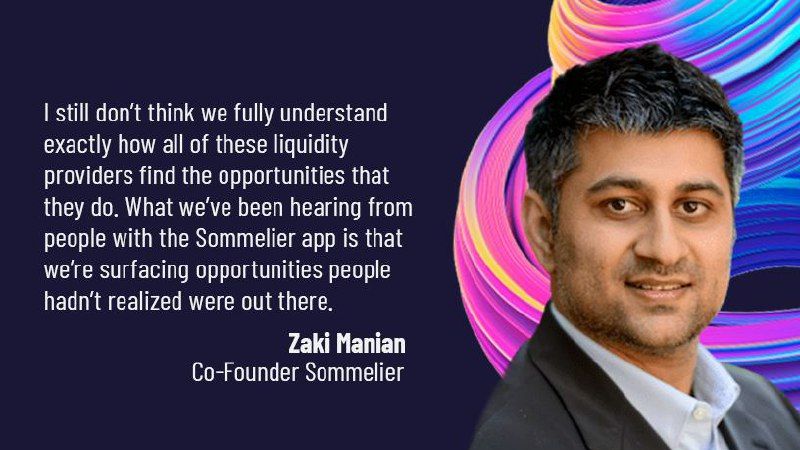
Zaki Manian Breaks Down a Phase Change Liquidity Providers Need to Know About Automated Market Makers
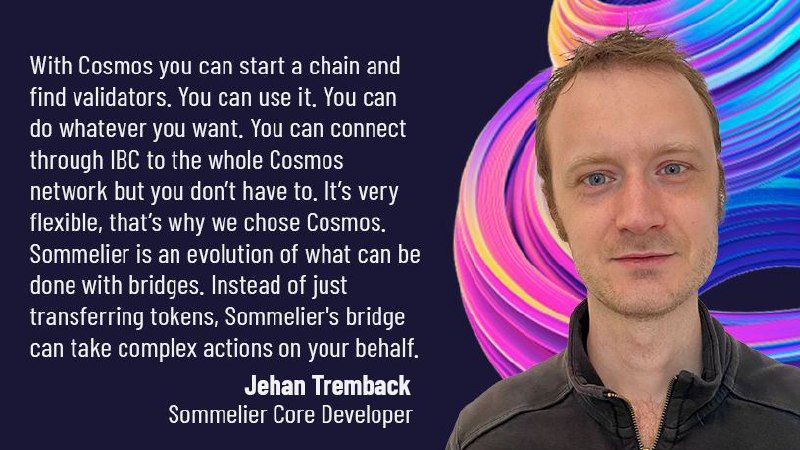
Introducing Jehan Tremback: Sommelier Core Developer and Althea Co-Founder that pushes the Limits of the Blockchain Bridge with Gravity

Sommelier This Week - April 22nd 2021: An Inside Look at Progress on Coordinating Sommelier Components That Contribute to the Chain

Sommelier This Week - April 15th 2021: Providing a Best-in-Class Experience for Uniswap Liquidity Providers

Sommelier Announces $1M R&D Grant from The Graph Foundation

Introducing LP Rewards: This Week With Cellframe
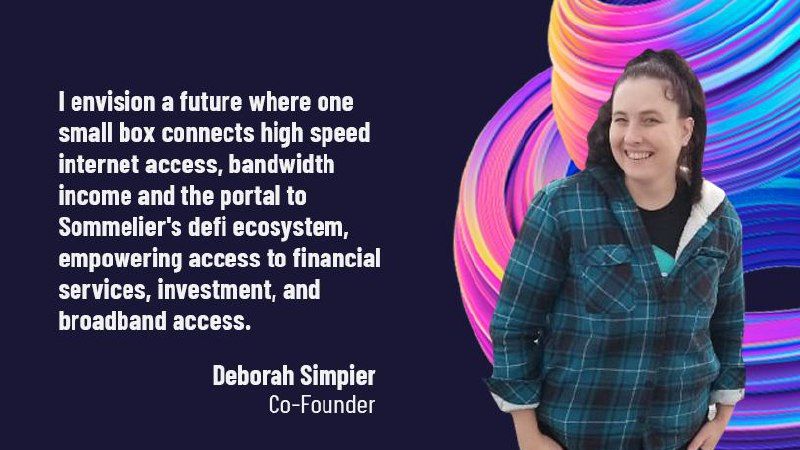
Introducing Deborah Simpier: Althea CEO and Sommelier Co-Founder Who Brought the Gravity Bridge to Life in The Cosmos

Sommelier This Week - April 8th 2021: What Uniswap v3 Means For Sommelier Architecture and Validators

Introducing Sommelier LP Rewards Program

Sommelier This Week - April 1st 2021: Gravity Bridge and Private Testnets

Blockchain startup decides to acquire a California winery and host NFT wine parties
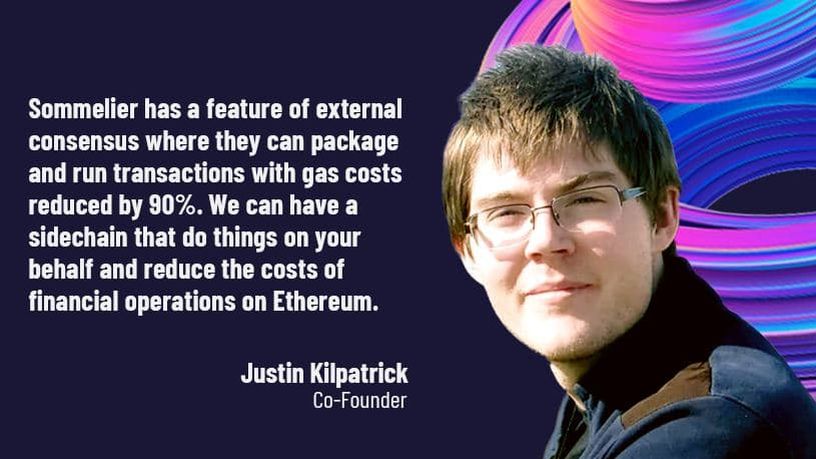
Introducing Justin Kilpatrick: The Blockchain Bridge Wizard Who Maintains Gravity

Five Ways UniswapV3 changes the world for Liquidity Providers on the AMM
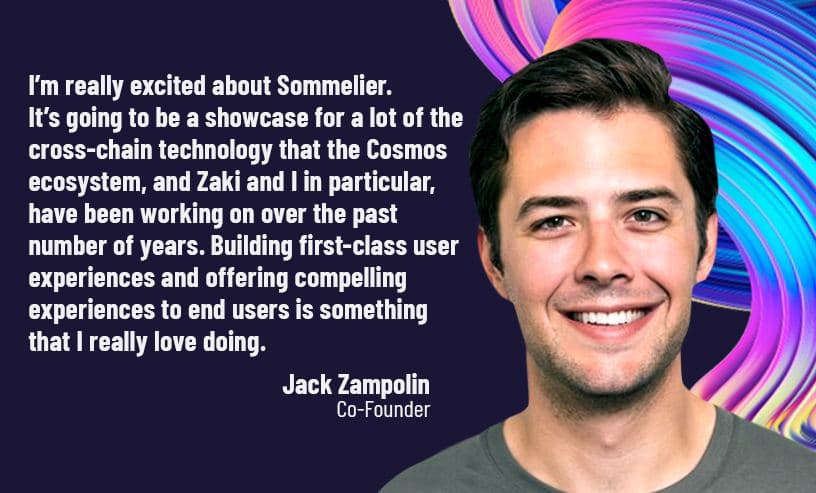
Introducing Jack Zampolin: On Becoming A Sommelier in The Cosmos

Sommelier: Welcome To The New CoProcessor For Ethereum
© 2025 Somm by Bajanss OÜ –Maakri 36-50, Tallinn, Estonia 10145